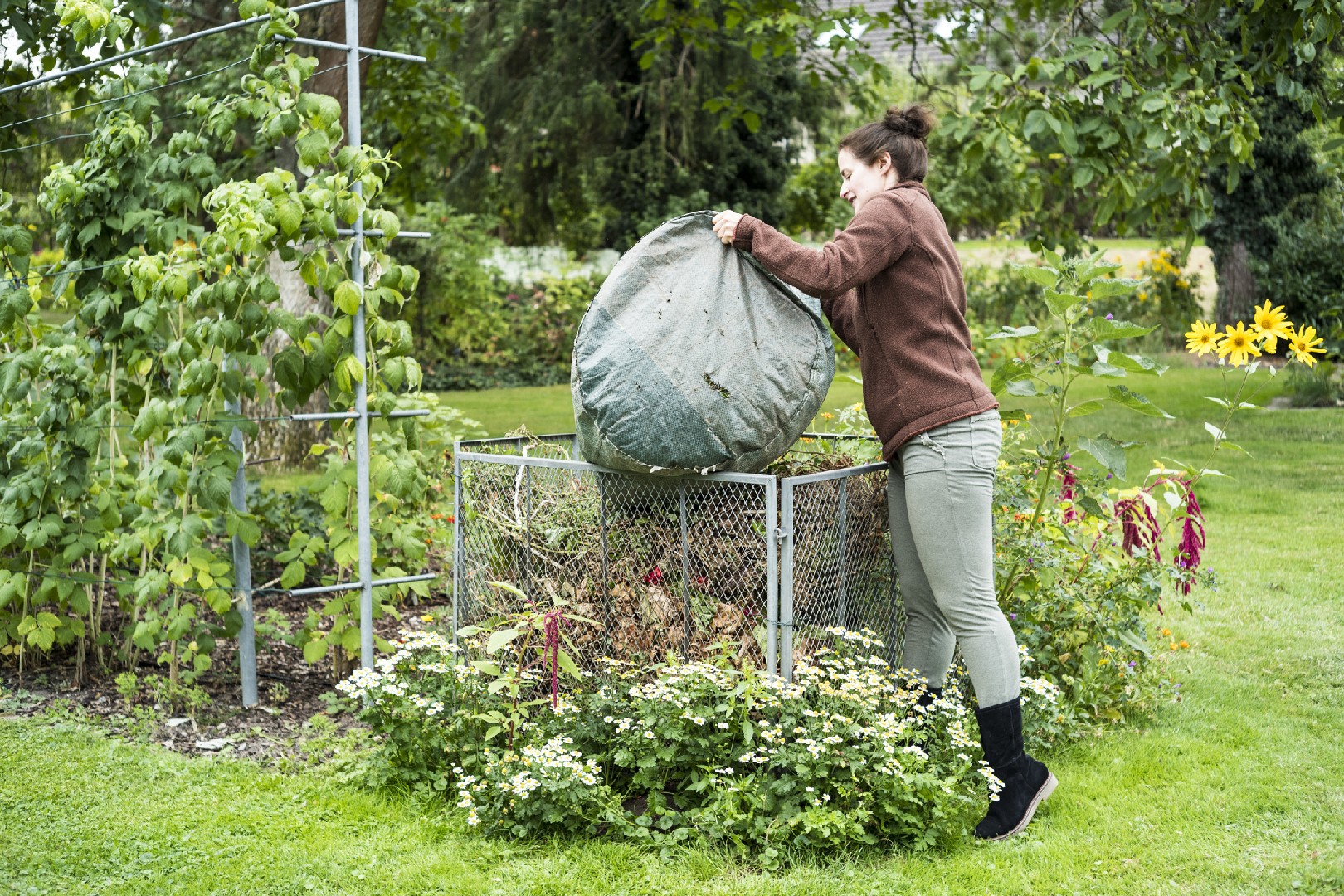![Rectangle]()
Optimizing Your Compost Bin for Autumn
Autumn is a great time to optimize the setup and maintenance of your compost bin. By following a few practical steps, you can ensure that your composting efforts yield optimal results. Whether you're a beginner or an experienced composter, these tips will help you make the most of this season for composting.
First and foremost, let's talk about the compost bin size, location, and setup. The size of your compost bin plays a crucial role in the composting process. If your bin is too small, it may not generate enough heat to speed up decomposition. On the other hand, if it's too large, turning and aerating the pile can become challenging. Aim for a bin that is at least three feet wide and three feet high, as this will provide enough space for the compost to heat up properly without being too difficult to manage.
Next, consider the location of your compost bin. Ideally, it should be situated in a spot that receives partial sunlight. This will help maintain a balanced temperature throughout the day, ensuring that the composting process isn't hindered by extreme heat or cold. Additionally, placing your bin on a well-drained surface will prevent excess moisture from pooling inside, which can lead to an unpleasant odor and slow decomposition. Remember to keep your bin away from any structures or trees to avoid roots growing into the compost.
When it comes to setting up your compost bin for autumn composting, there are a few practical steps you can take. Start by layering your bin with a mixture of nitrogen-rich green materials and carbon-rich brown materials. This balance is essential for creating the right conditions for decomposition. Green materials include kitchen scraps, fresh grass clippings, and plant trimmings. Brown materials, on the other hand, include dry leaves, straw, and shredded paper. Aim for a ratio of roughly three parts brown materials to one part green materials.
Maintaining and tending to your compost bin during the fall is crucial for obtaining optimal results. One key aspect is to regularly turn the compost pile. This helps aerate the materials, preventing the buildup of excess moisture and encouraging the growth of beneficial microorganisms. Use a pitchfork or compost aerator to turn the pile every couple of weeks. Additionally, keep an eye on the moisture level. Your compost pile should feel damp, like a wrung-out sponge. If it becomes too dry, add water to maintain the moisture balance.
In conclusion, optimizing your compost bin for autumn composting involves considering the bin size, location, and setup, as well as taking practical steps for maintenance. By following these tips, you can create ideal conditions for decomposition and ensure that your composting efforts are successful. So, get out there and make the most of the fall season to enrich your garden soil and reduce waste.





